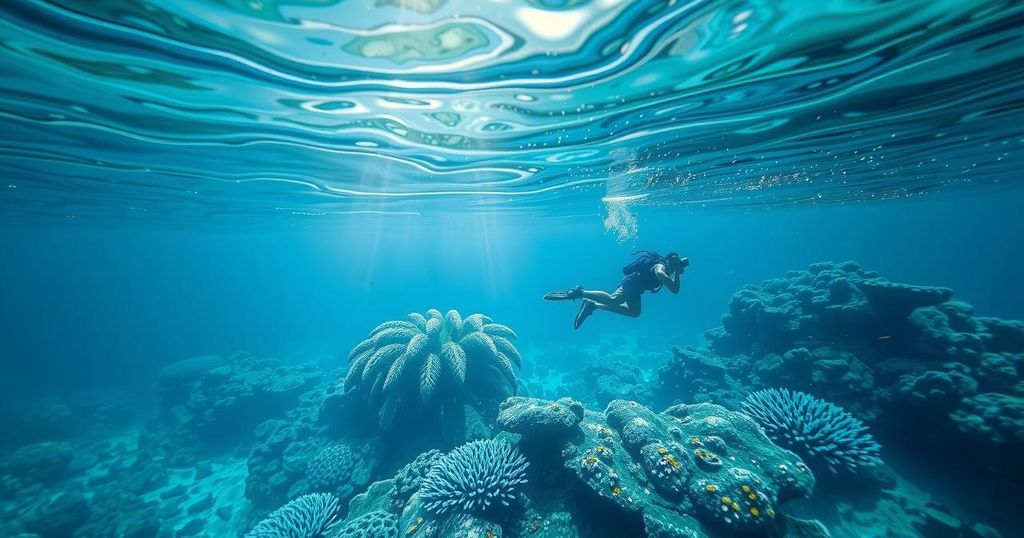Magnitude 7.6 Earthquake Near Cayman Islands: Social Media Buzz and Tsunami Alerts

On Saturday, a 7.6 magnitude earthquake struck the Caribbean Sea near the Cayman Islands, leading to brief tsunami warnings that were later canceled. Social media fueled speculation about underwater footage capturing the quake, though these claims were unverified and involved older videos. Tsunami formation is primarily due to underwater seismic activities that displace water, necessitating robust monitoring systems to mitigate hazards.
On Saturday evening, a 7.6 magnitude earthquake occurred in the Caribbean Sea, approximately 130 miles southwest of George Town, Cayman Islands. Initial emergency responses resulted in temporary tsunami warnings for Puerto Rico, the U.S. Virgin Islands, Cuba, and parts of Central America, following which those warnings were later rescinded. The earthquake struck at 6:23 p.m. local time, at a depth of 10 kilometers, as reported by the U.S. Geological Survey (USGS).
Following the earthquake, social media was abuzz with claims of underwater footage that purportedly captured the seismic event in real time. Reports indicated disturbances at the seabed, marine life reacting unpredictably, and sediment being displaced due to the earthquake’s violent activity. However, these claims remain unverified by official sources such as the USGS or the National Oceanic and Atmospheric Administration (NOAA).
Despite the surge of online videos, some users highlighted that the footage circulating on social media was not from the recent earthquake, but rather from earlier events, including a 2023 deep-sea dive filmed in the Banda Sea, Indonesia. Furthermore, initial warnings indicated wave heights ranging from 0.3 to 1 meter in some locations, reaching up to three meters (10 feet) in Cuba.
Tsunamis are primarily triggered by powerful underwater earthquakes that cause significant water displacement. Other causes may include underwater volcanic eruptions or landslides. When these events occur, they create waves that propagate outward at high speeds, increasing in height as they approach shallow coastal waters, resulting in devastating impacts on communities.
Monitoring systems designed to detect seismic waves have proven crucial in assessing and understanding underwater quakes. These technologies allow for real-time analysis of ground and water disturbances, contributing to effective emergency response efforts and risk management.
Understanding the mechanics behind tsunamis is vital for comprehending the risks posed by underwater earthquakes. Tsunamis result from disturbances that shift large volumes of water. Such disturbances usually stem from seismic activities, including underwater earthquakes, which can cause waves to form and travel rapidly across ocean basins. Increased awareness about these natural disasters helps prepare affected regions for rapid response initiatives, thus mitigating potential damage and loss of life in coastal areas.
In conclusion, the 7.6 magnitude earthquake near the Cayman Islands prompted immediate emergency alerts and social media speculation regarding underwater footage. However, the claims surrounding the veracity of available videos revealed older content not linked to this specific seismic event. Understanding the phenomenon of tsunamis and effective monitoring remains crucial in safeguarding coastal inhabitants from the potential threats posed by underwater earthquakes.
Original Source: www.soapcentral.com







